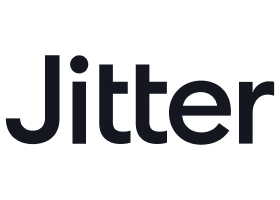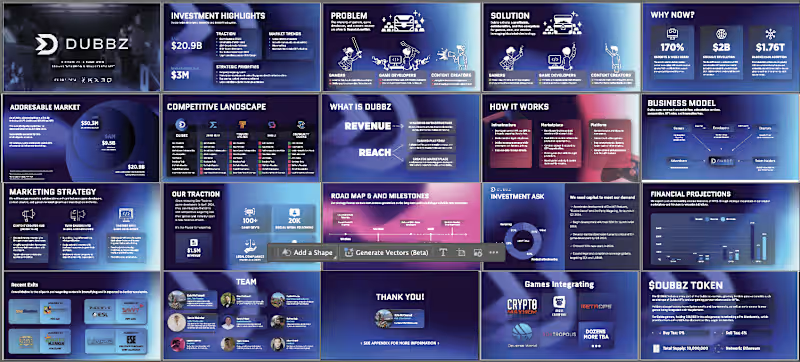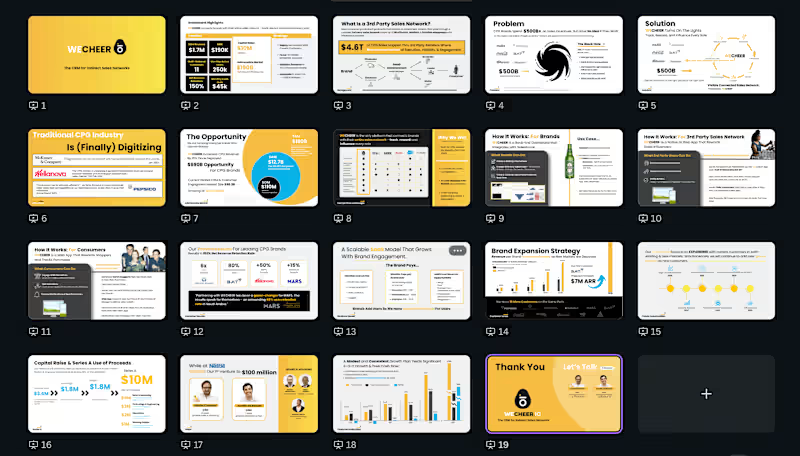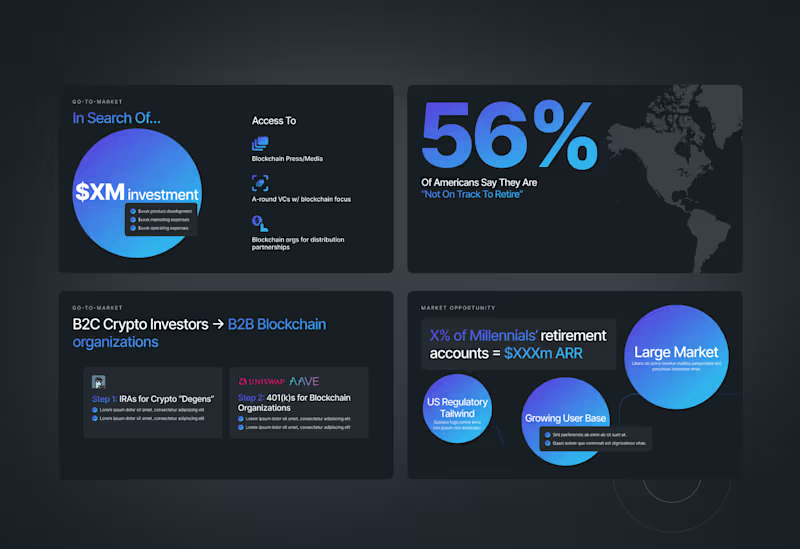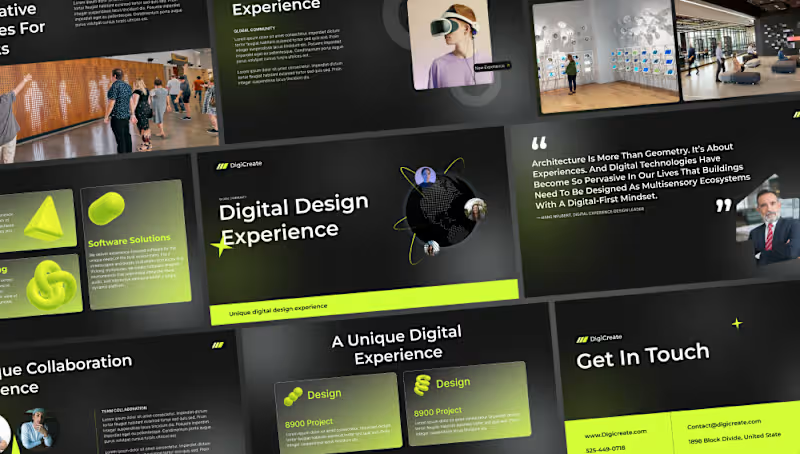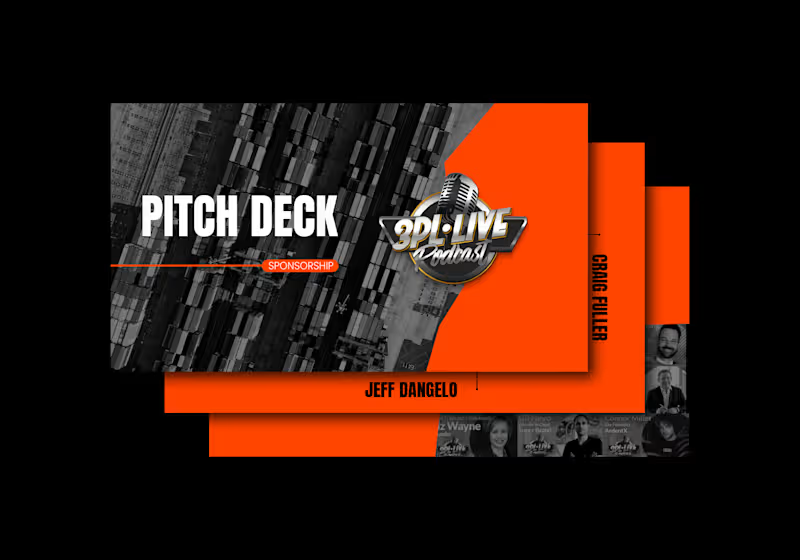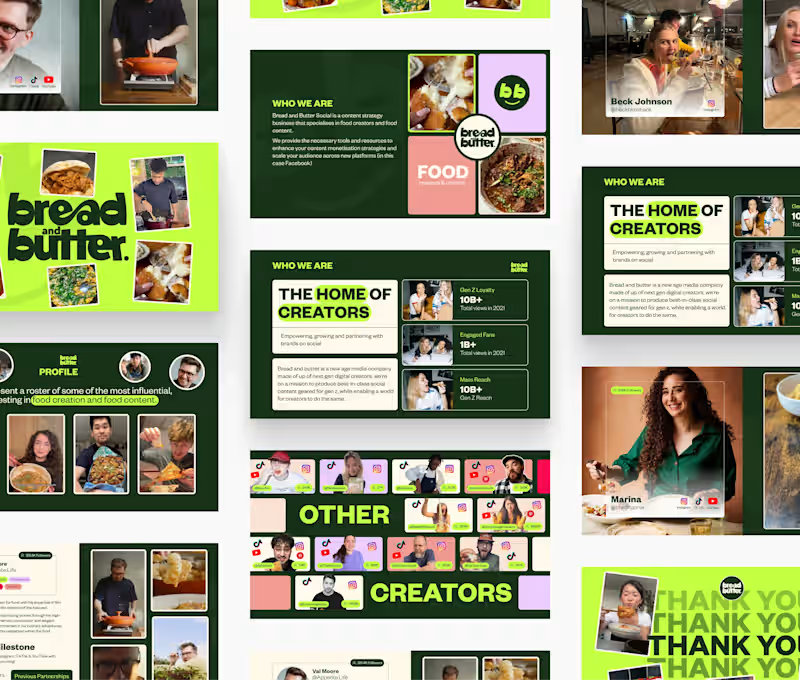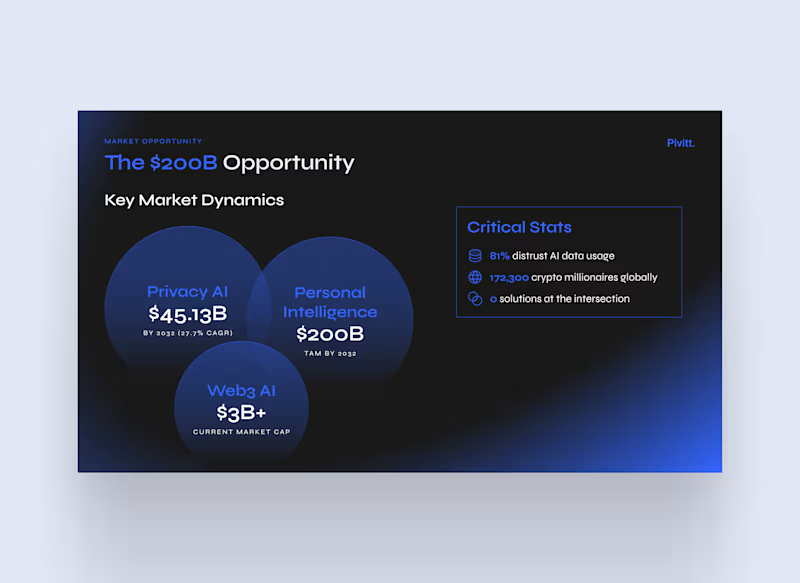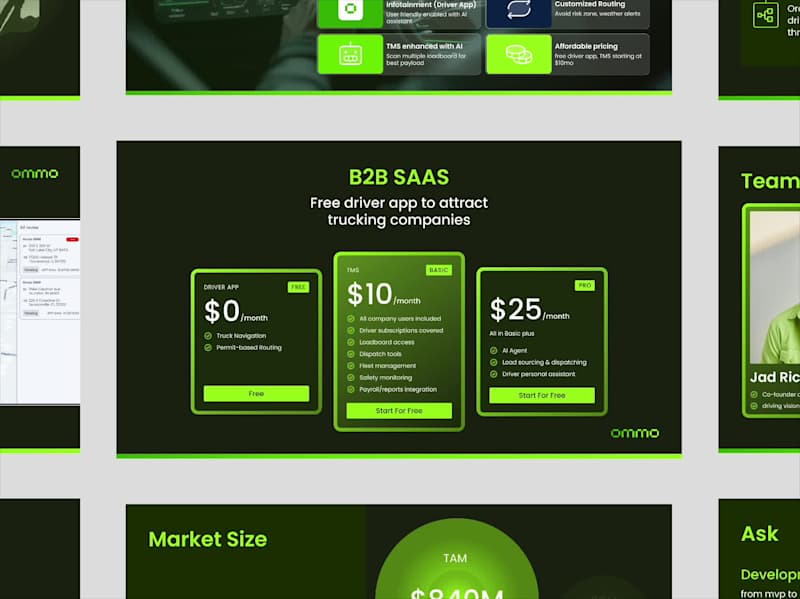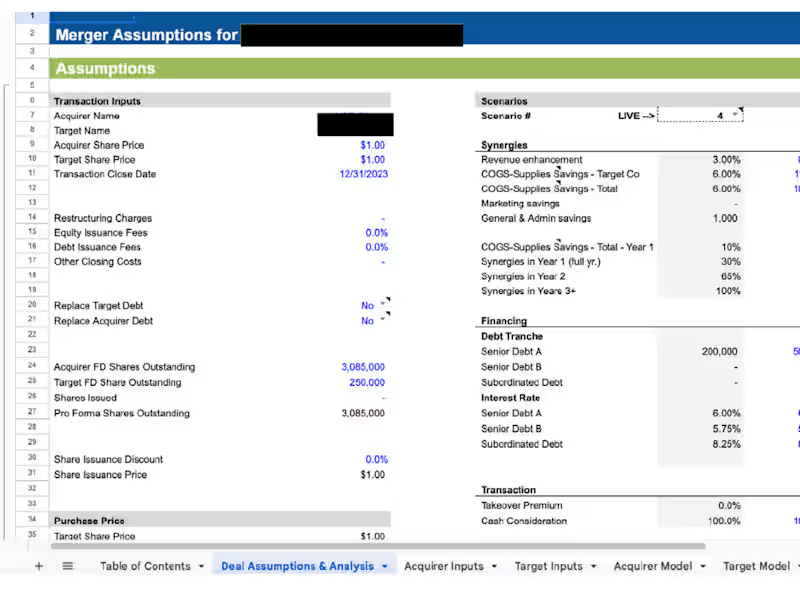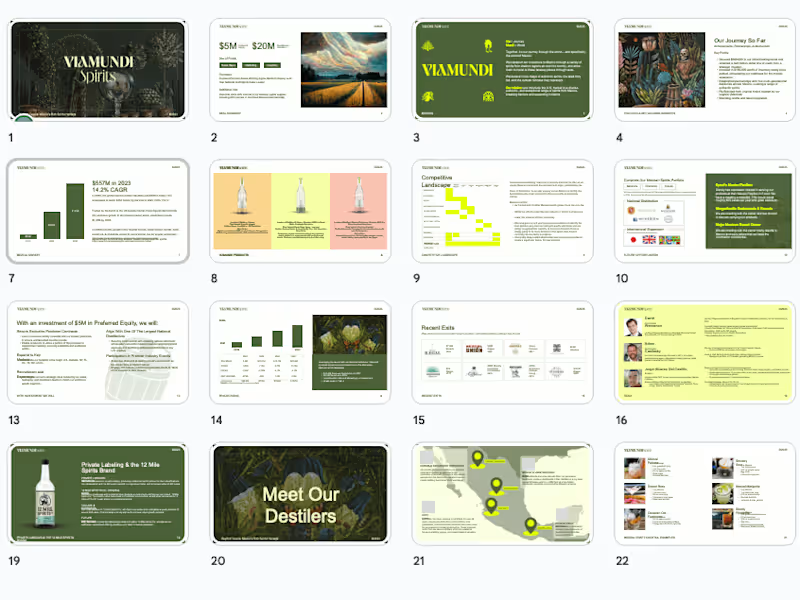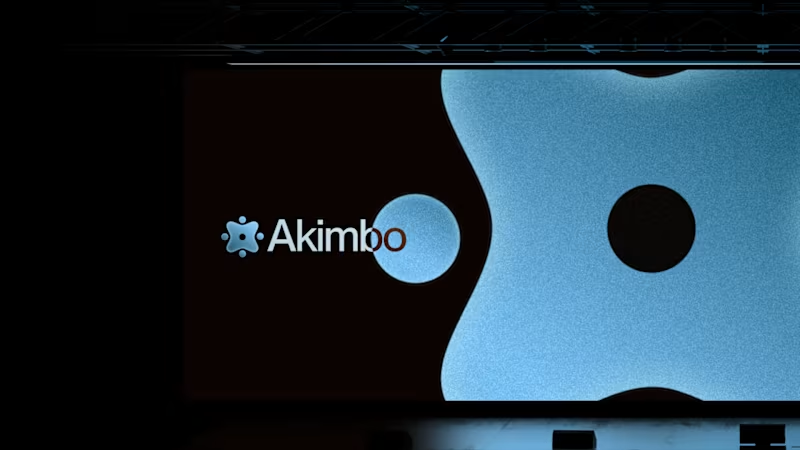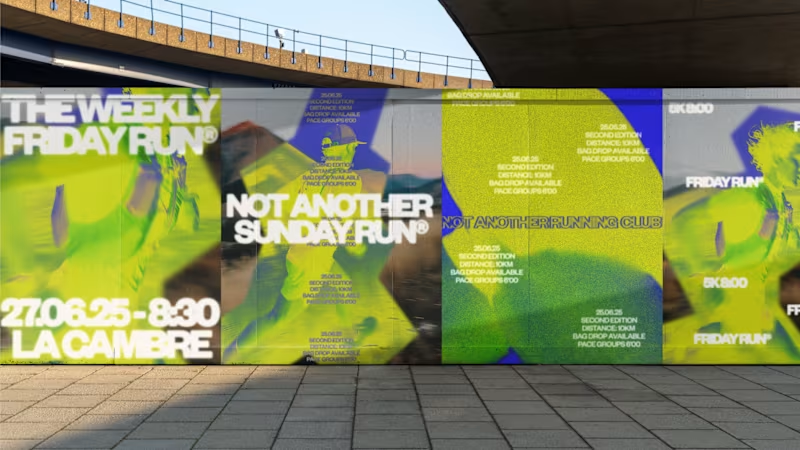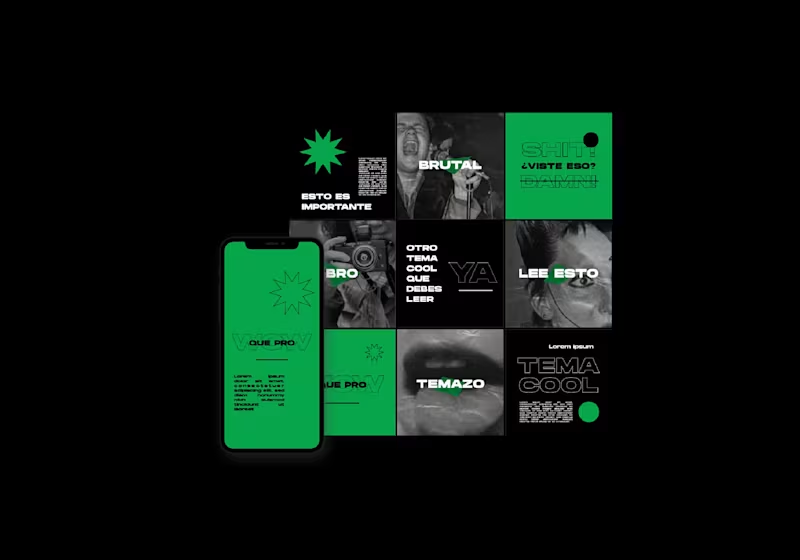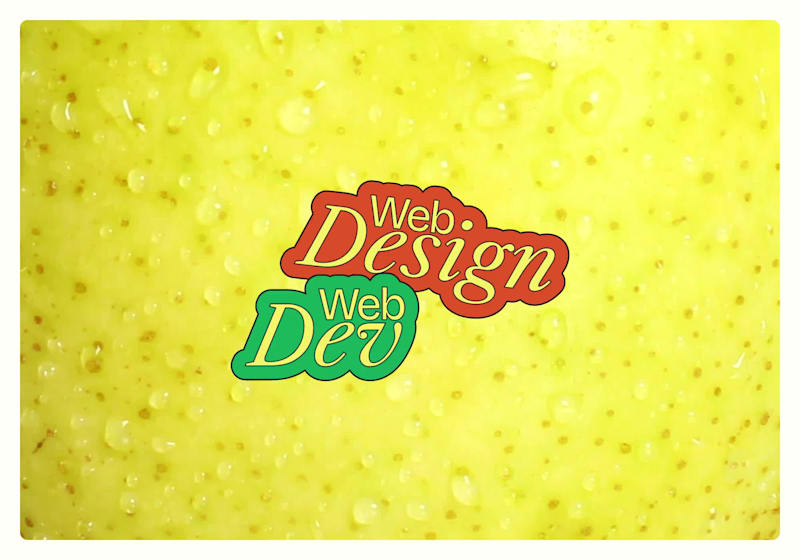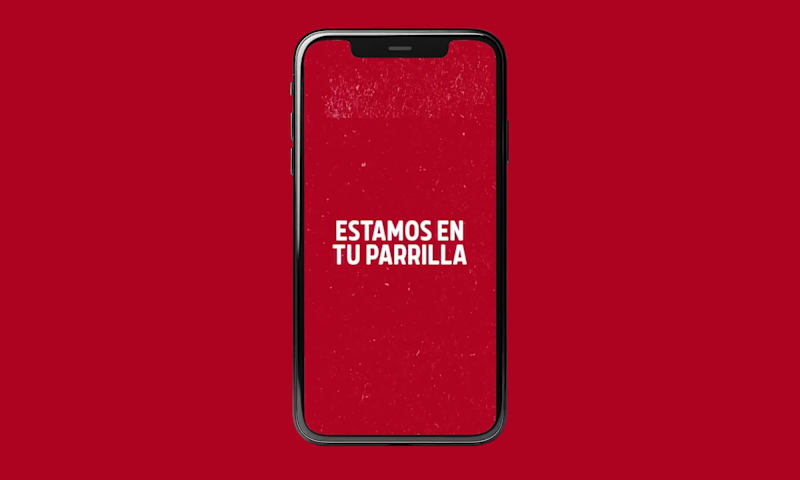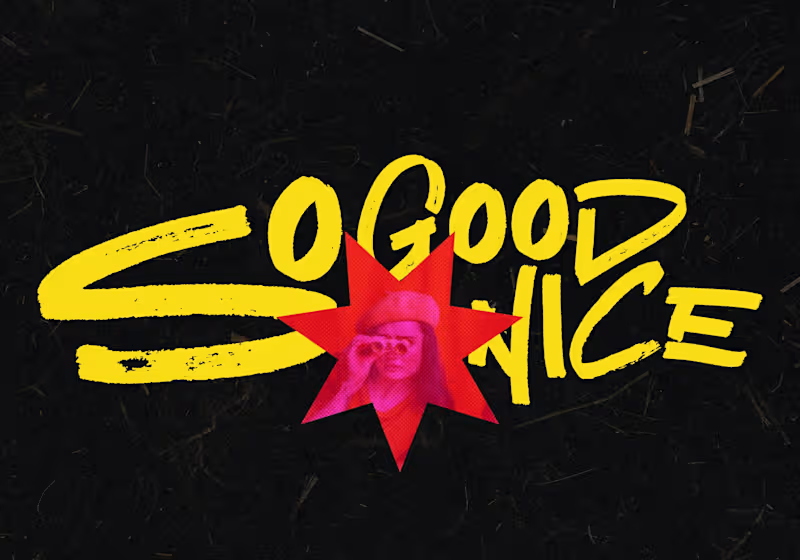Additional resources
What Are Spanish Speaking Pitch Deck Designers
Professional Designers Who Create Investor Presentations in Spanish
Specialists in Latin American and Spanish Market Communication
Bilingual Experts Who Bridge Language and Cultural Gaps
Why Hire Spanish Speaking Pitch Deck Designers
Access to Spanish-Speaking Investor Markets
Cultural Authenticity in Visual Storytelling
Proper Business Terminology and Regional Dialect Usage
Enhanced Credibility with Native Language Presentations
Types of Spanish Speaking Pitch Deck Designers
1. Independent Freelance Designers
2. Specialized Design Agencies
3. Bilingual Design Consultants
4. Remote Design Teams from Spanish-Speaking Countries
Essential Skills to Look for in Spanish Pitch Deck Designers
Native or Fluent Spanish Language Proficiency
Experience with Latin American Business Culture
Proficiency in Design Software and Tools
Understanding of Regional Investment Preferences
Financial Data Visualization Expertise
Where to Find Spanish Speaking Pitch Deck Designers
Professional Design Networks and Communities
Spanish Business Associations and Groups
Design Schools in Spanish-Speaking Countries
Remote Work Platforms Specializing in Creative Talent
Pricing Models for Spanish Pitch Deck Design Services
Hourly Rate Structures
Per-Project Fixed Pricing
Per-Slide Pricing Options
Retainer-Based Arrangements
Regional Price Variations Between Countries
How to Evaluate Designer Portfolios
Industry-Specific Experience Assessment
Visual Style and Brand Alignment Review
Previous Client Success Stories
Language Quality in Sample Presentations
Technical Complexity Handling
Best Practices for Working with Spanish Speaking Designers
1. Establish Clear Communication Protocols
2. Set Project Timelines and Milestones
3. Provide Comprehensive Brand Guidelines
4. Create Feedback and Revision Processes
5. Define Deliverable Formats and Specifications
Cultural Considerations for Spanish Pitch Decks
Regional Business Etiquette Differences
Visual Preferences Across Spanish-Speaking Markets
Appropriate Color Schemes and Imagery
Formal vs Informal Presentation Styles
Legal and Contractual Requirements
Non-Disclosure Agreement Essentials
Intellectual Property Rights Clarification
Payment Terms and Currency Considerations
Contract Language and Jurisdiction
Common Mistakes to Avoid When Hiring
1. Assuming All Spanish Dialects Are Identical
2. Overlooking Time Zone Differences
3. Skipping Reference Checks
4. Underestimating Cultural Adaptation Needs
5. Focusing Only on Price Instead of Value
Project Management Strategies
Setting Up Collaborative Workflows
Using Project Management Tools Effectively
Scheduling Regular Check-ins and Updates
Managing Multiple Stakeholder Feedback
Quality Assurance for Spanish Pitch Decks
Language Accuracy Verification Methods
Visual Consistency Checks
Technical Presentation Testing
Native Speaker Review Processes
Future Trends in Spanish Pitch Deck Design
Rise of Remote Collaboration Tools
Integration of Data Visualization Technologies
Demand for Interactive Presentation Elements
Growth of Specialized Industry Expertise







